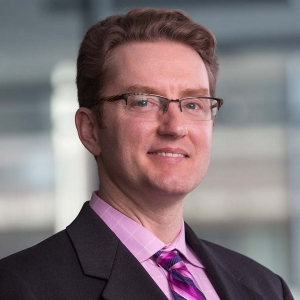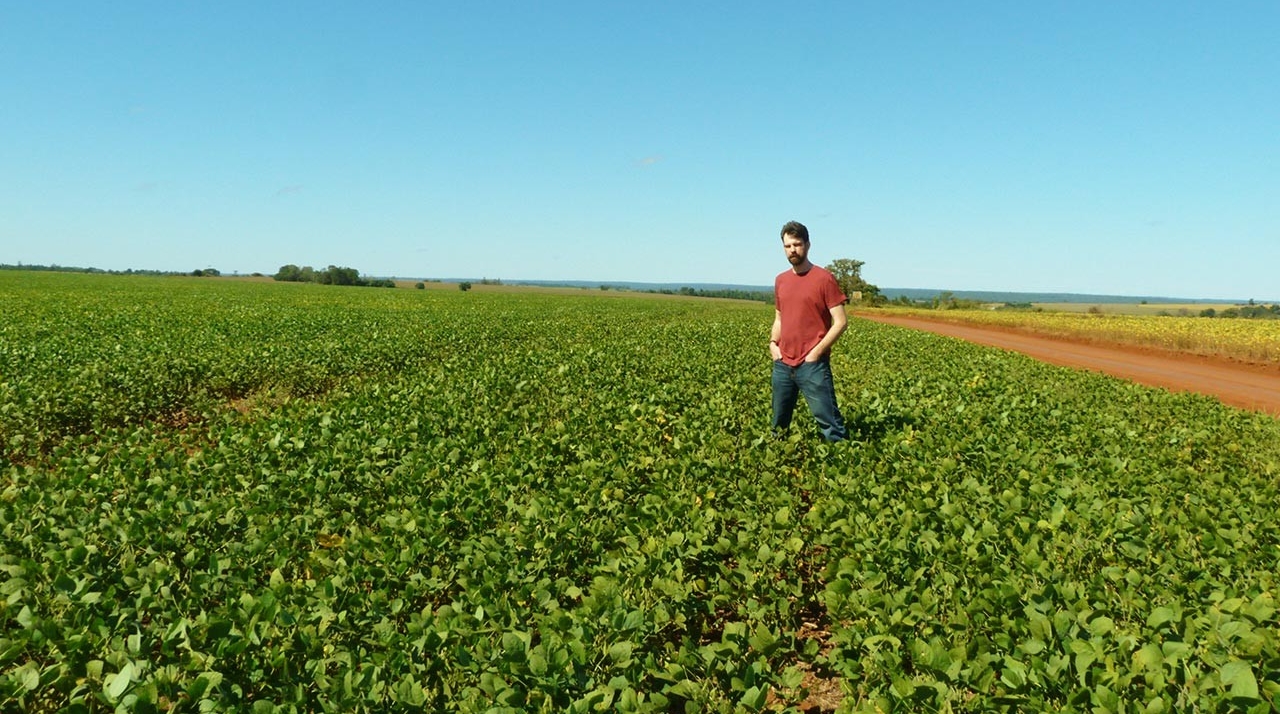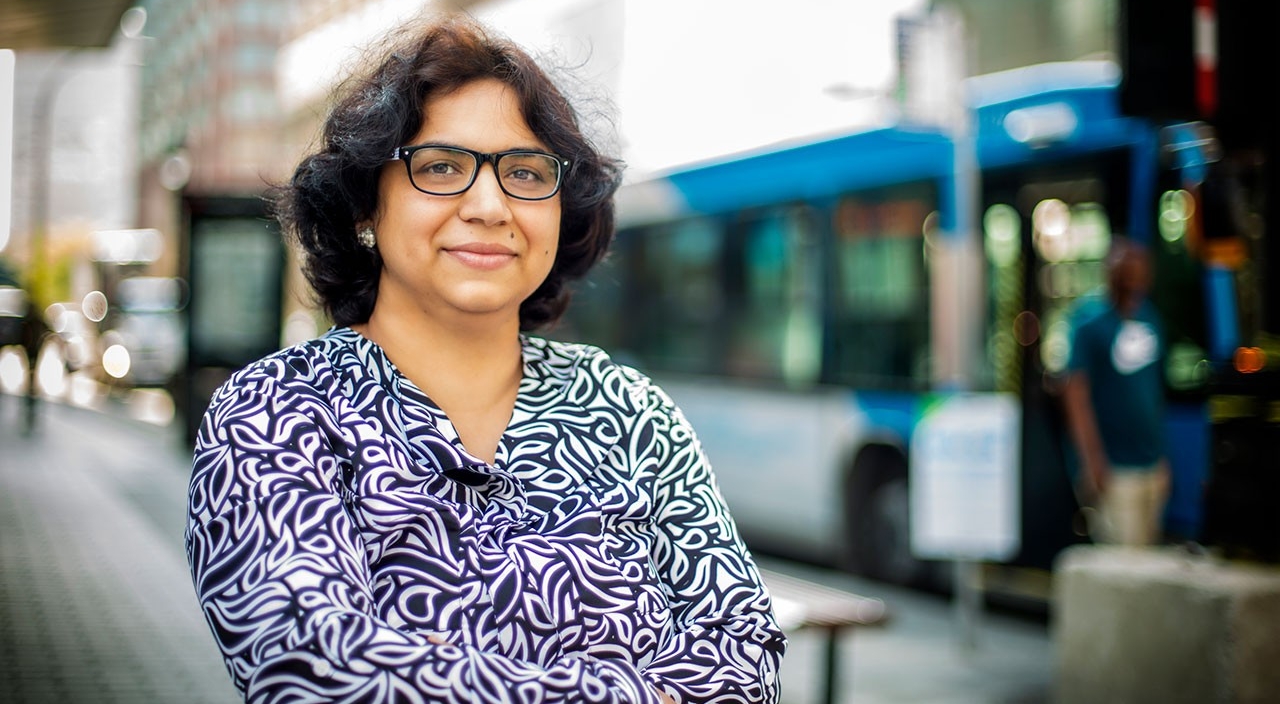Hired explicitly by the John Molson School of Business to focus on sustainability in business — a rare move nine years ago — Paquin is now also principal of the Loyola College for Diversity and Sustainability.
At Concordia there are many people who tackle sustainability issues by reframing questions, thinking broadly and deeply, being skeptical and finding hope.
In 1987, the United Nations World Commission on Environment and Development put out the Brundtland Report, which presented sustainable development as heeding the three pillars of environmental, social and economic needs. Using its suggestions, we can begin to balance the needs of the present with the needs of the future generation currently gnawing on eco-friendly rubber giraffes. We need global initiatives such as the Paris Accord and small quotidian actions such as recycling.
The challenge for the modern world is to figure out how to keep most carbonbased fuels in the ground while building resilient economies and well-balanced societies. In addition to the climate crisis, “We’re returning to inequality rates that make today look like the gilded-age of robber barons at the turn of the 20th century,” Paquin says. “What does that mean for societal stability?”
And what about the parts of the world where large swathes of people live crushingly below the poverty level? This requires serious reworking. “Who among us is going to turn off their phones and computers and heat so others can keep getting Netflix?” wonders Paquin. “How do we tell developing countries you can’t industrialize and raise the quality of life for your population because we want to keep our air conditioning in the summer?”
Soy difficult
Kregg Hetherington, associate professor in the Department of Sociology and Anthropology, prefers not to use the word “sustainable” because he sees nothing sustainable about our practices now. He says it’s an economic term that doesn’t apply well to environmental matters.
“You have to think more radically about how to change, whether it’s in food systems or transportation systems, or general energy consumption systems,” he says. Scale back first, then figure out the route.
 Raymond Paquin, associate professor in the Department of Management and Principal of the Loyola College for Diversity and Sustainability, practices what he preaches: he bikes to work frequently and loves how bike paths are sometimes cleared of snow even before streets are.
Raymond Paquin, associate professor in the Department of Management and Principal of the Loyola College for Diversity and Sustainability, practices what he preaches: he bikes to work frequently and loves how bike paths are sometimes cleared of snow even before streets are.
 Kregg Hetherington, associate professor in the Department of Sociology and Anthropology, is pictured on land that was once a forest reserve but was bulldozed in the late 1990s to make room for soy crops. He believes that despite the challenges, life will find a way to prevail. For instance, “these funguses that attack soybeans have these weird ways of living and surviving despite all of the impressive attempts to eradicate them!”
Kregg Hetherington, associate professor in the Department of Sociology and Anthropology, is pictured on land that was once a forest reserve but was bulldozed in the late 1990s to make room for soy crops. He believes that despite the challenges, life will find a way to prevail. For instance, “these funguses that attack soybeans have these weird ways of living and surviving despite all of the impressive attempts to eradicate them!”
 Transport expert Anjali Awasthi is an associate professor at Concordia’s Institute for Information Systems Engineering. “What kind of environmentally friendly fuels or technologies can we put in place so we’re consuming less, polluting less?”
Transport expert Anjali Awasthi is an associate professor at Concordia’s Institute for Information Systems Engineering. “What kind of environmentally friendly fuels or technologies can we put in place so we’re consuming less, polluting less?”